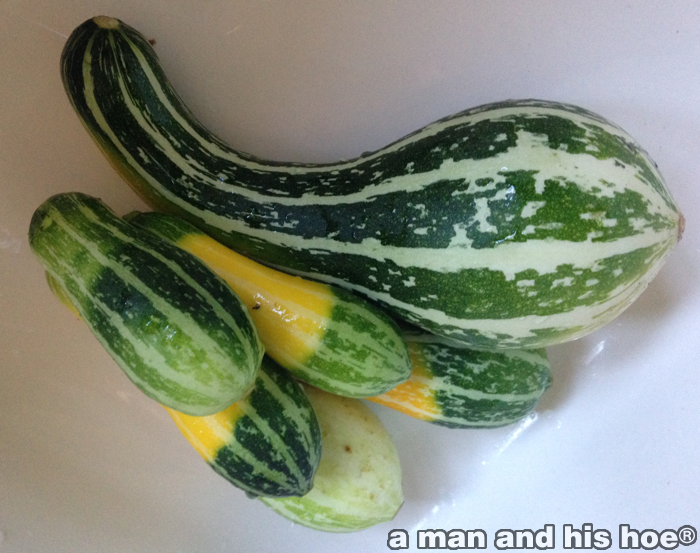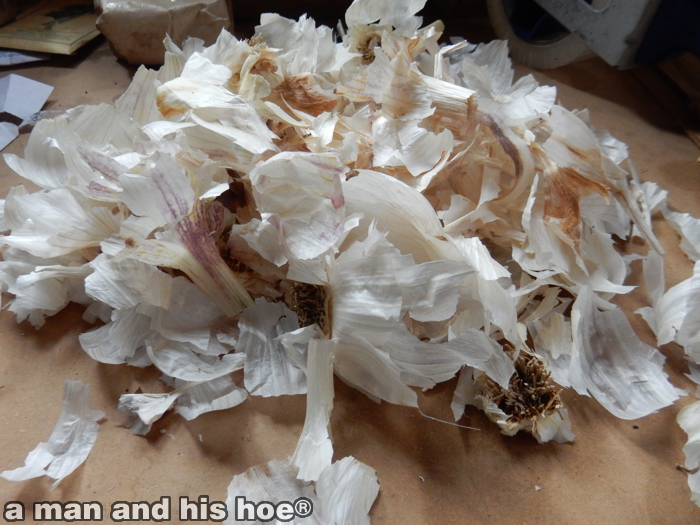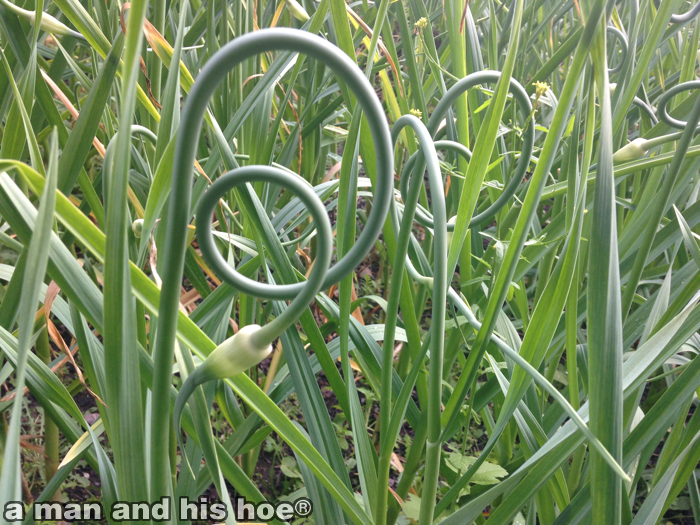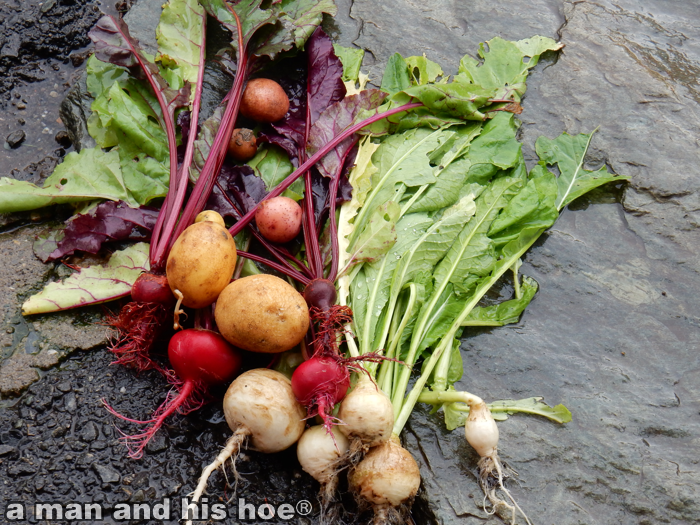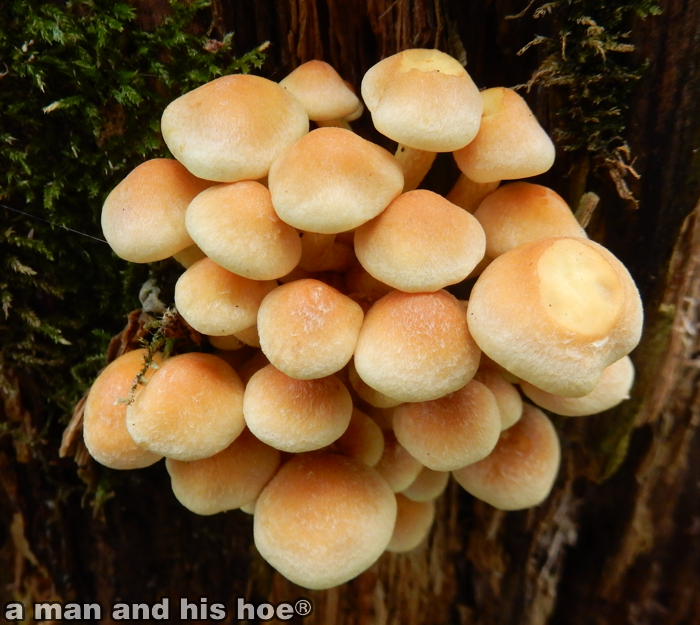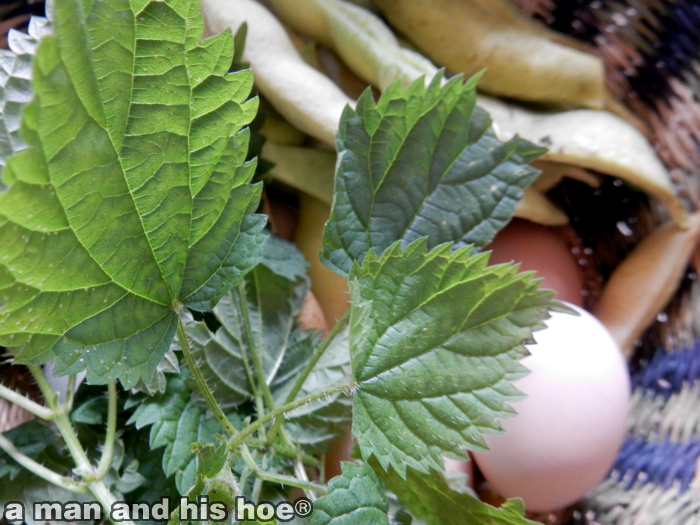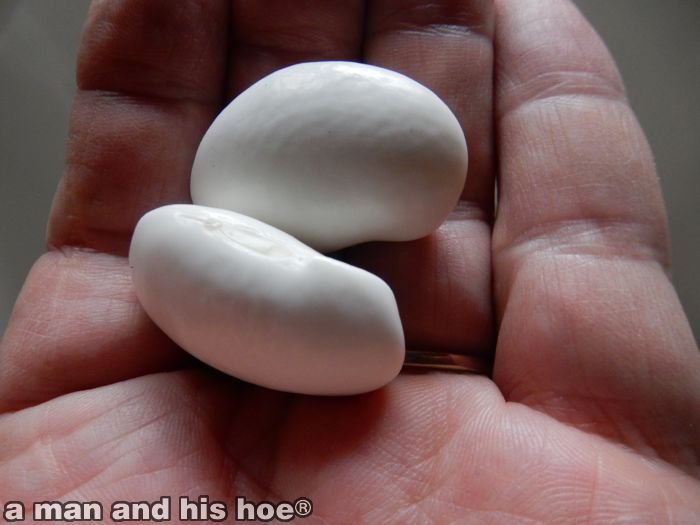
Fall is a time of clearing summer vegetable beds, making compost beds, and planting for the winter months. I cleared out mountains of old tomato, squash, and bean vines out of one of the hoop houses this afternoon. In the process I gleaned a variety of good things to eat: Swiss chard, burdock (gobo) root, beans, onions and shallots, and squash.


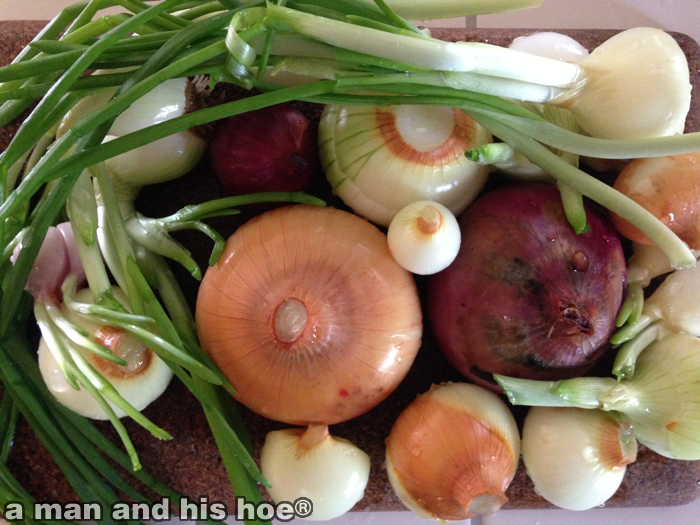
The variety of onions and shallots I found growing among the chard has a beauty you don’t see in store produce, where everything is neatly sorted by variety and size. I don’t get tired looking at the mix of sizes and colors. The rule of food commerce is uniformity: everything the same size, everything the same color. The rule of nature is chaos: nothing of the same size, nothing of the same color. No matter what you grow, produce comes out of the field a mishmash of sizes, shapes, and shades. In the processing plants, machines and workers clean and sort and sort and sort some more. So the uniformity that appears in the grocery bins is a far cry from how it came off the fields.
I think it’s one reason people get tired in urban settings. There isn’t enough variety. Your eyes get tired looking at such a boring canvass. Step into the forest or a meadow or walk along a beach, and the intricate patterns of nature are infinitely more complex than anything people make. Plus, so much of what nature creates is moving all the time. Sit in an office and the walls don’t move. The patterns on the walls don’t move. The curtains, the blinds, they are just dead still. But step outdoors and everything is in constant motion. All the leaves and bushes and tree branches, they never sit still, and they are growing, changing every day. The slightest breeze makes them flutter. The sun traveling overhead is changing the color of everything from morning to dusk. And the animals are in constant flux, chickens included. A dog can lie in the same spot for an hour, a car for most of the day. Not a chicken, which makes them rather difficult to photograph. They don’t sit or stand still. They make hyperactive children look comatose. Which is why boredom doesn’t exist at a man and his hoe®. Every time you blink, the world changes. Boredom is for the urbane.
